The tiger is shown biting the tail of the gharial , the work evokes the most tragic moment of an animal fight , the one where the predator devours its prey which is still defending itself in a last instinct of survival .
A turtle placed behind the right front leg of the glavial is seen escaping from the two predators .
The 19th century constitutes the golden age of animal bronze .
The romantic movement which rejects the order established by the Academy finds in the animal representation an illustration of its revolt .
Antoine-Louis Barye , sculptor specialized in the representation of animal fights , is part of this movement .
The animal is raised to the rank of subject and no longer relegated as a simple decorative element .
Signature of the sculptor "BARYE" in hollow , on the richly chiseled naturalistic oval terrace .
Sculpture dated "1863" , under the signature .
Old bronze , period second part of the 19th century .
Very good state of conservation and patina .
Dimensions : 11 cm x 26.5 cm x 10 cm
Antoine - Louis Barye (1795-1875)
Famous for his animal sculptures , Antoine-Louis Barye is a silversmith's son , who is trained in metalwork with a military equipment manufacturer and Jacques - Henri Fauconnier.
In 1818 , he entered the Paris School of Fine Arts and apprenticed in the studio of sculptor François Joseph Bosio and painter Jean-Antoine Gros .
After several failures at theThe Grand Prix of Rome , Antoine-Louis Barye slammed the door of the Fine Arts in 1825 .
He then turned to animal sculpture which he would bring back up to date .
With his friend Delacroix , he goes regularly to the menagerie of the Natural History Museum to study and observe animals .
It was in 1831 that Barye made himself known to the general public by exhibiting "The Tiger Devouring a Gavial" (Louvre) at the Salon , a work staging a violent fight "of impressive virtuosity".
Two years later , he triumphed with "The Lion and the Snake" plaster , which was also successfully exhibited in its bronze version at the Salon of 1836 .
Preferring bronze to marble considered too cold , the artist multiplied statuettes and small groups animals,that he melts and chisels himself .
Barye died at the age of 80 , leaving behind an important production of drawings , watercolors and paintings as well as sculptures , pieces of goldsmith's work .
His works can be seen at the Louvre and Orsay Museums .



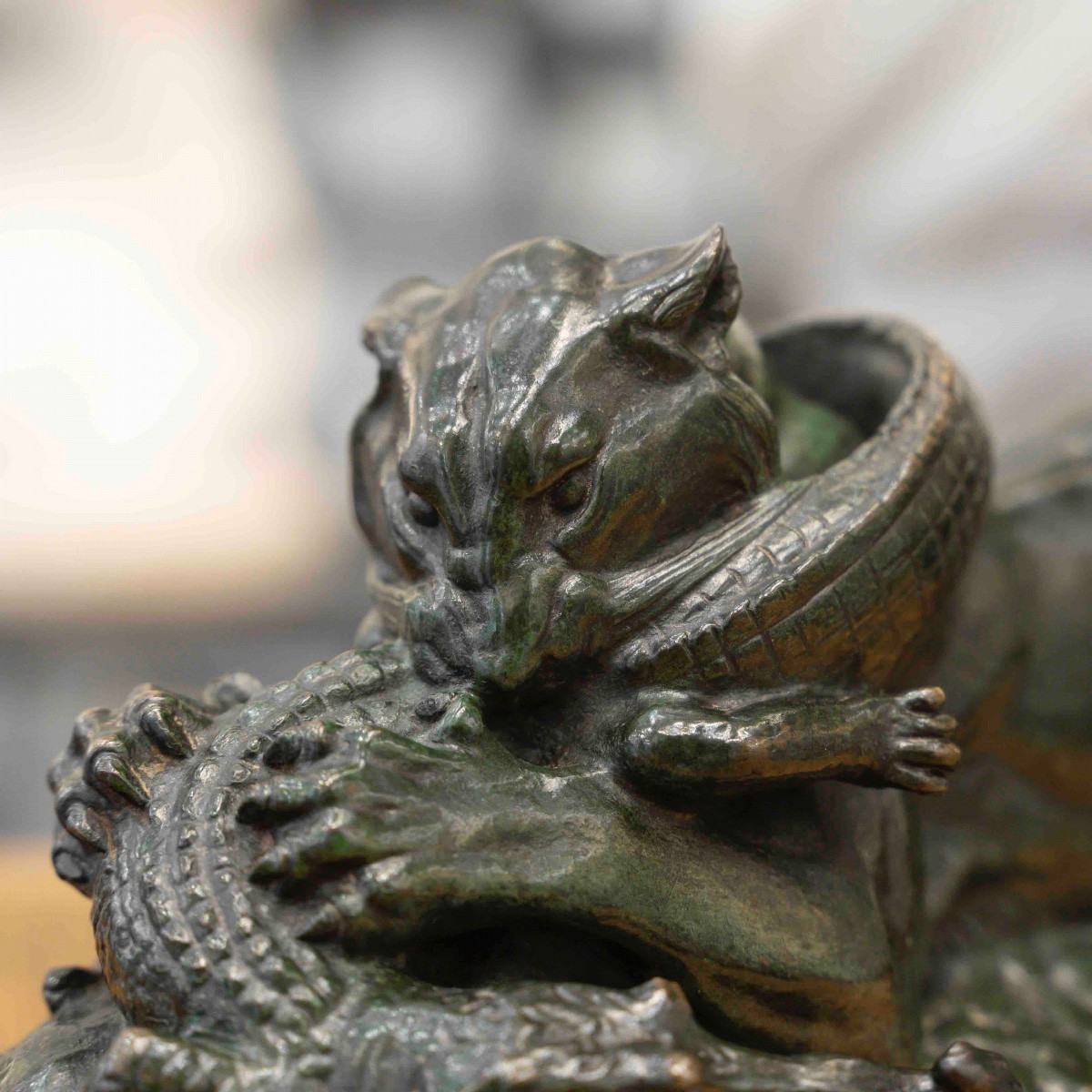













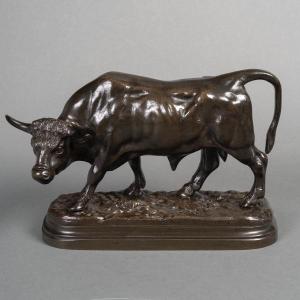

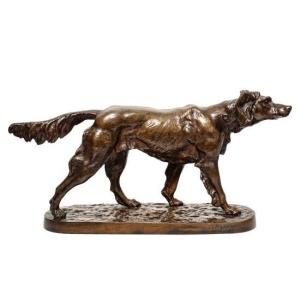



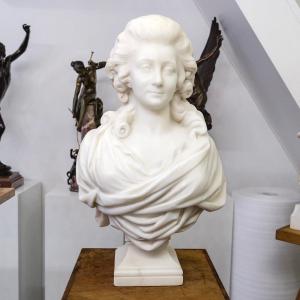
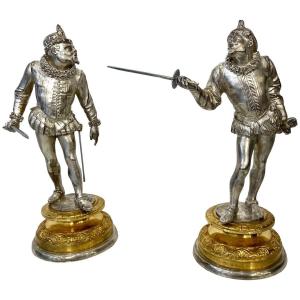


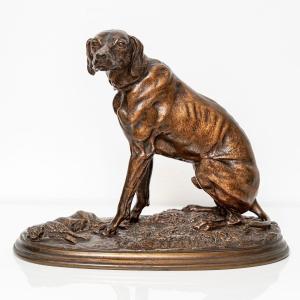

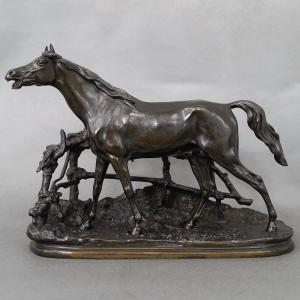

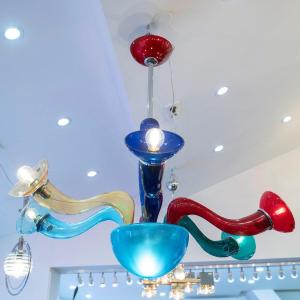








 Le Magazine de PROANTIC
Le Magazine de PROANTIC TRÉSORS Magazine
TRÉSORS Magazine Rivista Artiquariato
Rivista Artiquariato